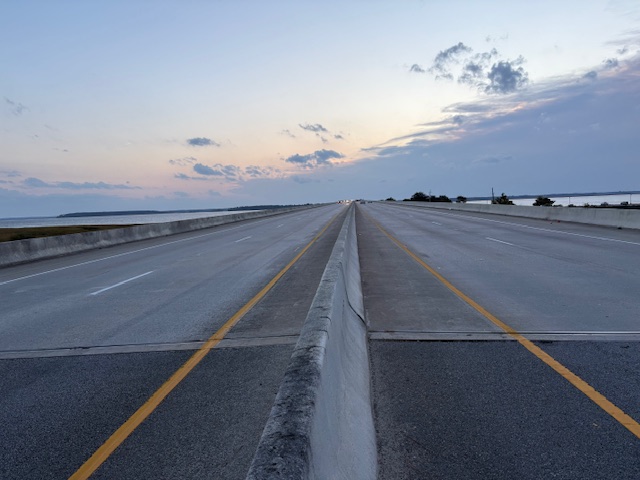By Celia Strong
Remember when people used to read the almanac and believe what it said? Italy has one they still use. Known as the Barbanera Almanac, it was first printed in 1762. There were calendars, too, known as Barbanera calendars. They predicted weather conditions and lunar phases and offered proverbs, gardening tips, and advice on healthy lifestyles – all illustrated with a legendary astronomer/philosopher figure with a long black beard. Barbanera was so popular it became a synonym for almanac. But what does an almanac have to do with our wine lesson? Guess what the winery name for this week’s wine is: Barbanera!
Altero Barbanera and his wife, Maria, – who quite possibly were related to the Barbaneras of the almanac – founded their winery in 1938 in a small village in the southern part of the Siena province of Tuscany. In the years before World War II, life in Italy was not easy. For small family businesses, like this winery, low prices were part of their key to making things work. Besides wine, the Barbaneras sold olive oil, eggs, cured meats, and some cheeses – anything they could – mostly to locals. After the war, motorized transportation brought changes, including weekly trips to markets in Rome, where they could sell more and make more money. Their son, Luigi, grew up traveling and working with them. In 1978, Luigi’s sons, Marco and Paolo, took over the family business. Since 1978, the winery has learned and grown thanks to state-of-the-art bottling lines and fermenting equipment, extended markets in Europe and the United States, production of a range of wines at different price tiers, and more vineyard land holdings for better quality control.
Our wine is one of Barbanera’s Tuscan red blends. Red blends have a long, solid history in the Tuscan wine region, most notably Chiantis. Laws control grape varieties used and percentages, but years ago, some producers felt they could make better wines if they didn’t follow these laws, and a new category of red blends known as “Super Tuscans” was born. Super Tuscans are very expensive, superb wines, from the Chianti area that used less Sangiovese than a legal Chianti had to have. Plus, they used Cabernet or Merlot or Syrah that weren’t legal back then. These new wines were given proprietary names and a table wine classification in the Italian wine laws despite their $50 to $100 and higher prices, but they were immediately successful. The Super Tuscans were soon followed by mid-Tuscans and baby Tuscans. All blends, using whatever grapes and percentages their makers chose, but at mid-retail prices and everyday affordable prices.
Which gets us to Barbanera Ser Passo Toscano Rosso. A baby Tuscan, this wine was conceived to surprise and delight its consumers. Its flavors, aromas and textures are surprisingly New World in style, meaning fruity, smooth and juicy. This wine is all red and black fruits (cherries, black cherries, blackberries) with moderate, velvety tannins. While the varieties used are not declared, other than to say they are all legal ones, we can guess some of them. The cherries suggest Sangiovese. The blacker fruits lead to Cabernet and possibly Merlot. The softer style tannins can also be Merlot. And there are nuances of coffee, eucalyptus, roses and vanilla. Whatever the exact blend, the wine has enough substance and weight to go not only with pastas, but spicy foods, red meats, even game. Actually, in ways, it’s nice to just enjoy it while not knowing the exact formula. Maybe not a perfect almanac entry, but a terrific baby. For $10.99. Enjoy.
Celia Strong works at Bill’s Liquor & Fine Wines on Lady’s Island.






